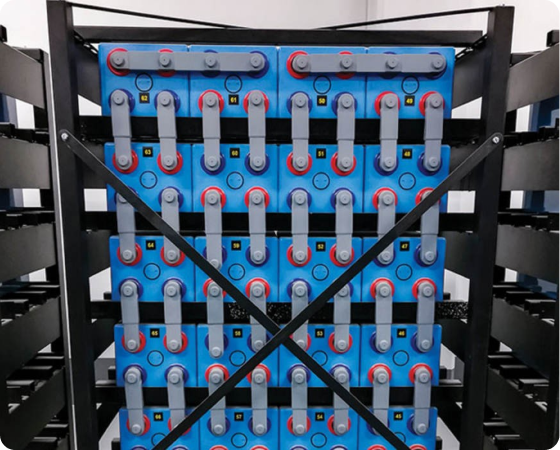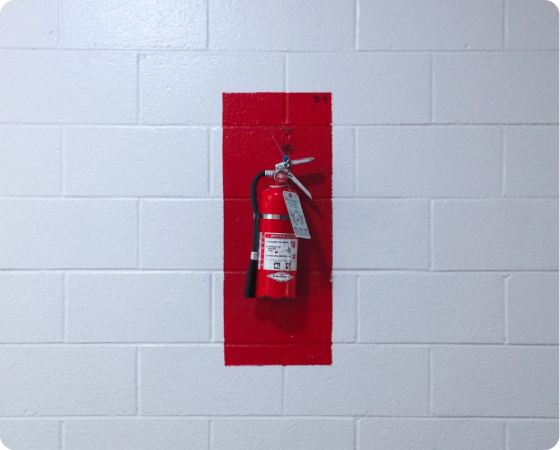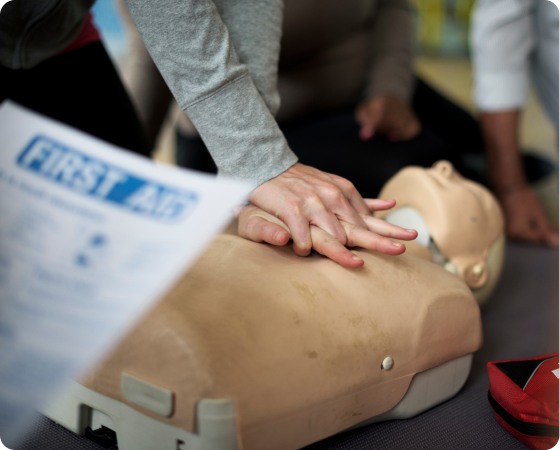Battery Energy Storage Systems
Code Consulting
NFPA 855, the International Fire Code, and other standards guide meeting the safety requirements to ensure that Battery Energy Storage Systems (BESS) can be operated safely. FRA employees are principal members of NFPA 855 and can offer comprehensive code compliance solutions to ensure that NFPA 855, IFC, CFC, and other local requirements are met. Our team has developed code compliance reports to support projects globally.


Hazard Mitigation Analysis (HMA)
UL 9540A Testing
The UL 9540A Test Method evaluates the fire safety hazards associated with propagating thermal runaway within battery systems. The UL 9540A test method includes an evaluation of BESS at three levels: cell, module, and unit. Cell-level testing is conducted to determine if thermal runaway is induced in the cell, and further testing is required. Module-level testing examines the module design, heat release rate, gas generation, external debris, and flying debris hazards. Unit-level testing assesses the BESS design of the unit, heat release rate, gas generation and composition, deflagration and flying debris hazards, BESS and wall surface temperatures, heat flux at the target walls, and reignition.


NFPA 68 / NFPA 69 Deflagration Analysis
NFPA 68 / NFPA 69 deflagration analysis evaluates the potential for and consequences of deflagration from thermal runaway events in BESS equipment. From engineering calculations of ventilation to complex Computation Fluid Dynamics (CFD) models of deflagrations, FRA is experienced in evaluating potential deflagration hazards.
FLACS is a CFD model that FRA uses to evaluate deflagration panels in the BESS equipment. This analysis can establish that the potential deflagration hazards are adequately mitigated and that the design meets the intent of NFPA 68.
Heat Flux Modeling
FRA has extensive experience using Fire Dynamic Simulator (FDS) to simulate the ignition of flammable gases from thermal runaway events in BESS equipment to evaluate the heat flux transmission to adjacent BESS equipment. Heat flux modeling demonstrates the risk of thermal runaway in the adjacent BESS equipment.


FMEA
A Failure Modes and Effects Analysis (FMEA) examines the potential causes and effects of specific failures of components of the BESS unit. The severity, occurrence, and detectability of events are ranked
Emergency Response Planning (ERP)
NFPA 855 and many AHJs require the development of an emergency response plan that will define the response posture to BESS emergencies. The plans produced by FRA also include the hazard and response tactics associated with the failure of ancillary equipment at the site such as transformers, breakers, and switchgear which most plans do not cover. FRA also provides an Emergency Response Action Plan (ERAP) with an ERP, which provides the critical data from the detailed ERP in a format that serves as a quick reference while managing an incident.


Community Risk Assessments
Community Risk Assessments (CRA) are conducted to evaluate the potential thermal, overpressure, and toxic hazards to the site, personnel, and surroundings. FRA identifies fire, deflagration, and gas release scenarios from the BESS equipment and analyzes the consequences of these scenarios. Based on the consequence analysis, the frequencies of accident scenarios, and population data, FRA can calculate risk to the surrounding population.
Emergency Response Training
FRA has developed a comprehensive training program to educate BESS Operators and the fire services on the hazards and response tactics necessary to manage a BESS emergency. Our BESS training program covers everything from understanding BESS equipment to reviewing the electrical, chemical, and explosion hazards, fire department response tactics, and post-fire operations. FRA can also couple classroom training with familiarization tours of your BESS facility to keep members of the fire services current on the site layout, and exposures, along with the response to various failure scenarios. These tours communicate the core components of your ERP along with the hazards and response tactics necessary to manage the safety of the fire services operating at your facility.

